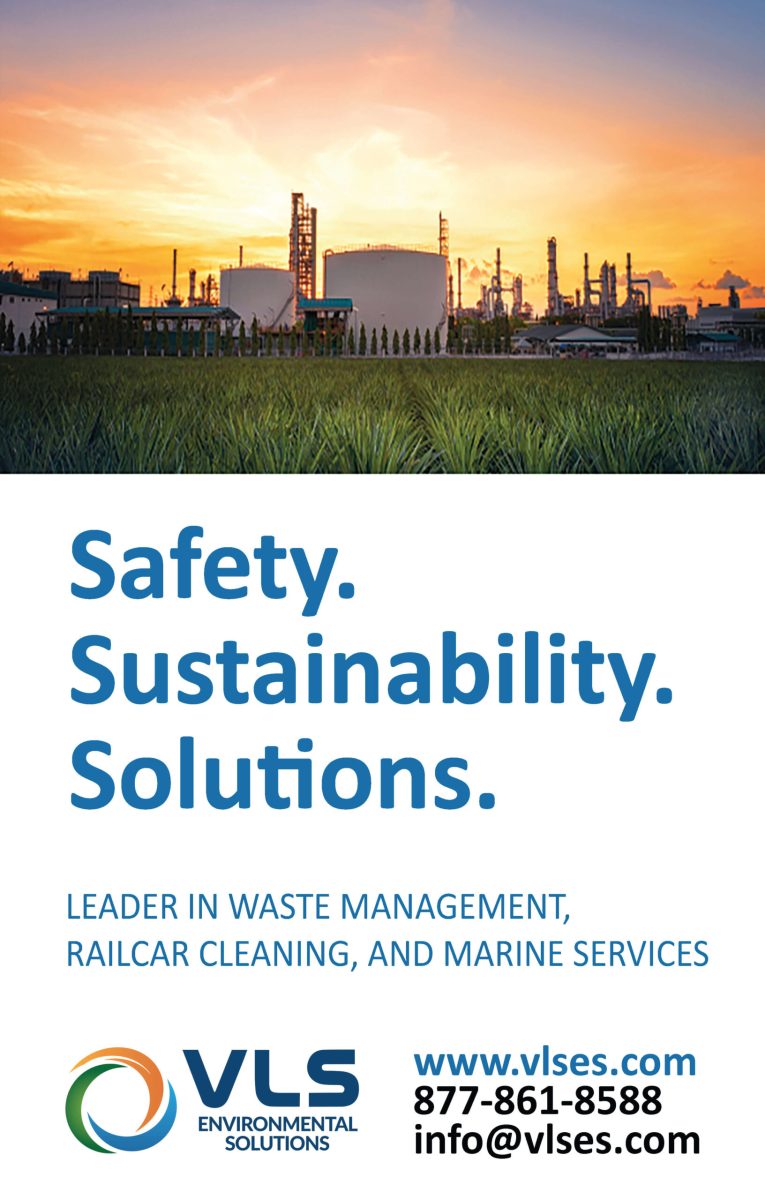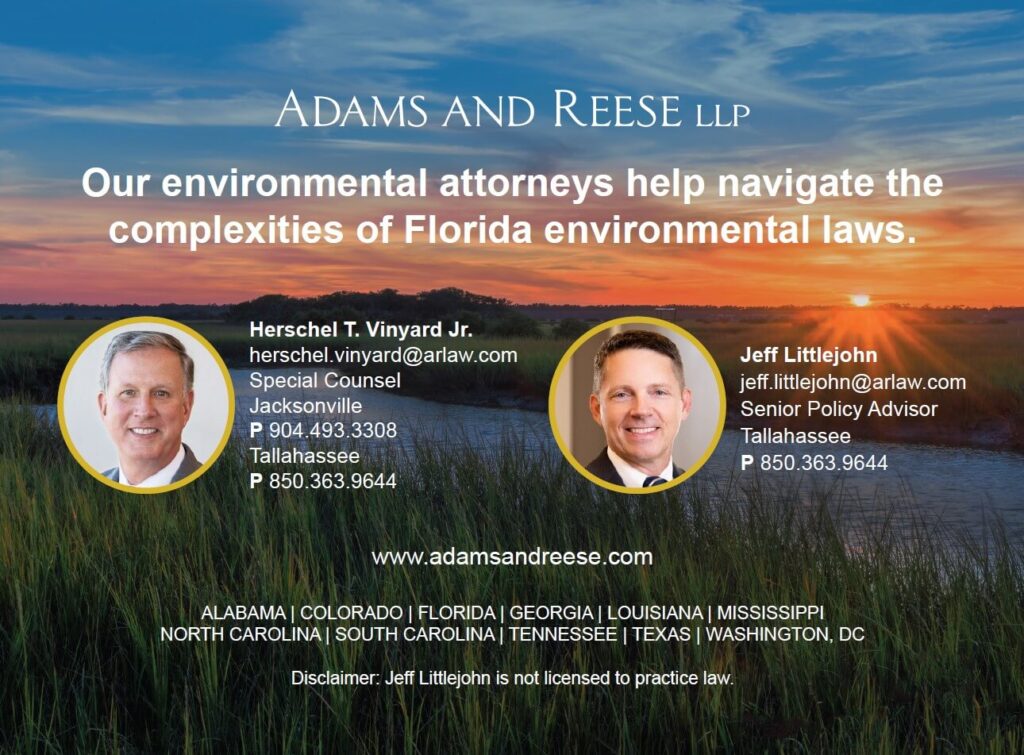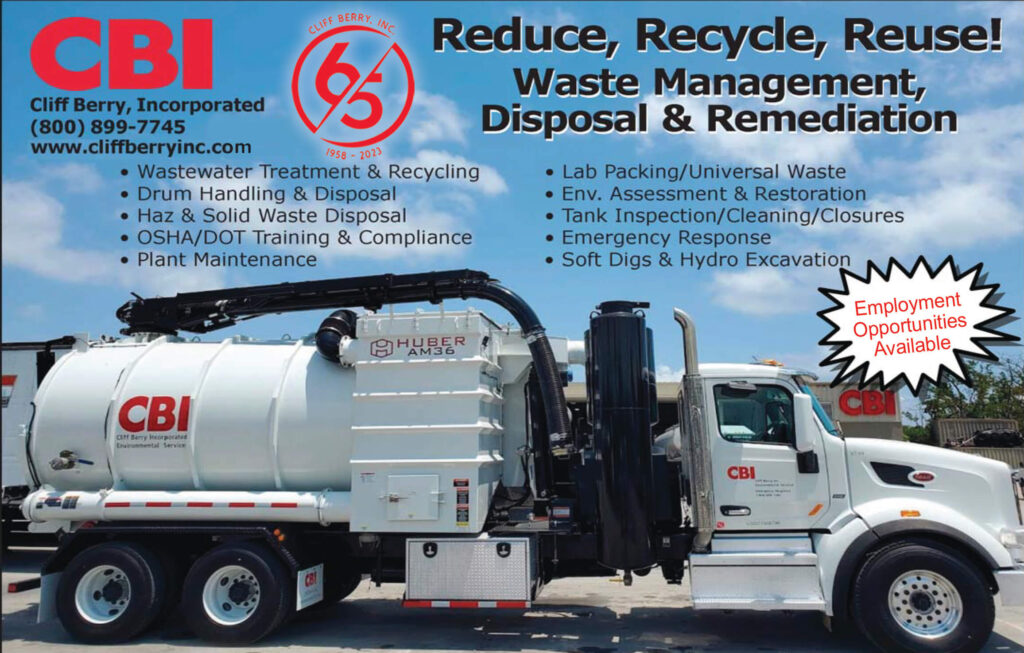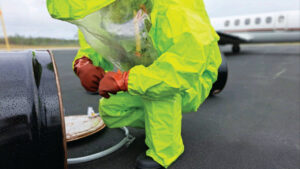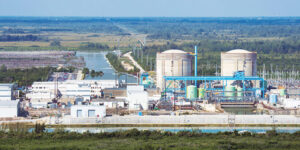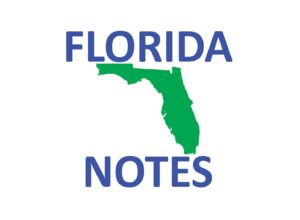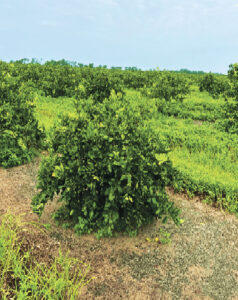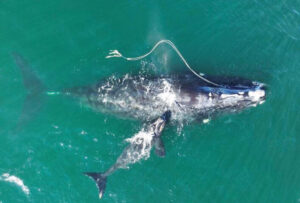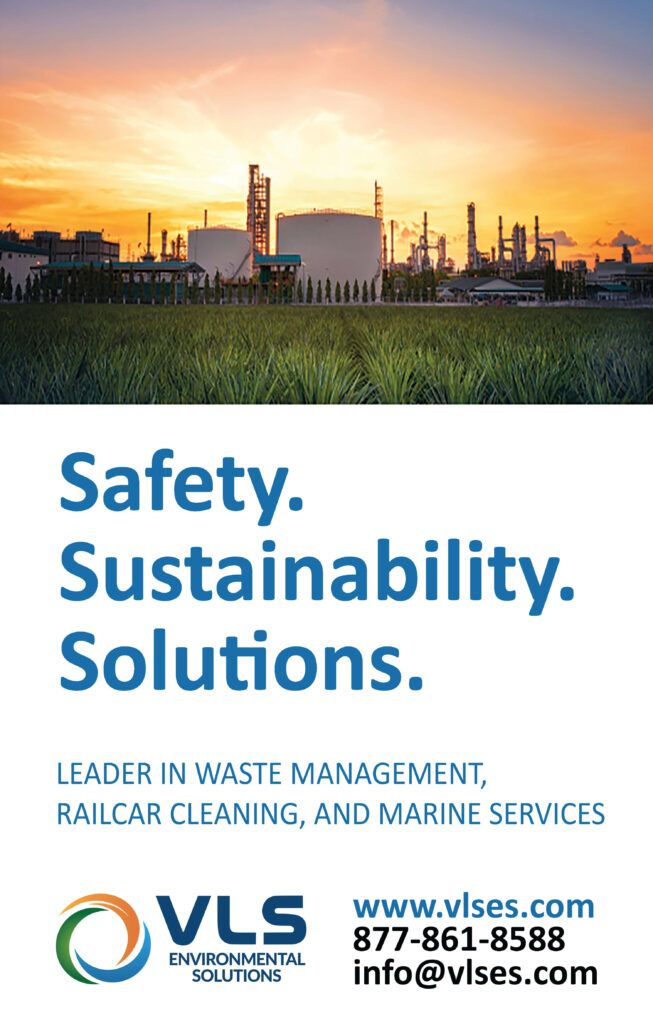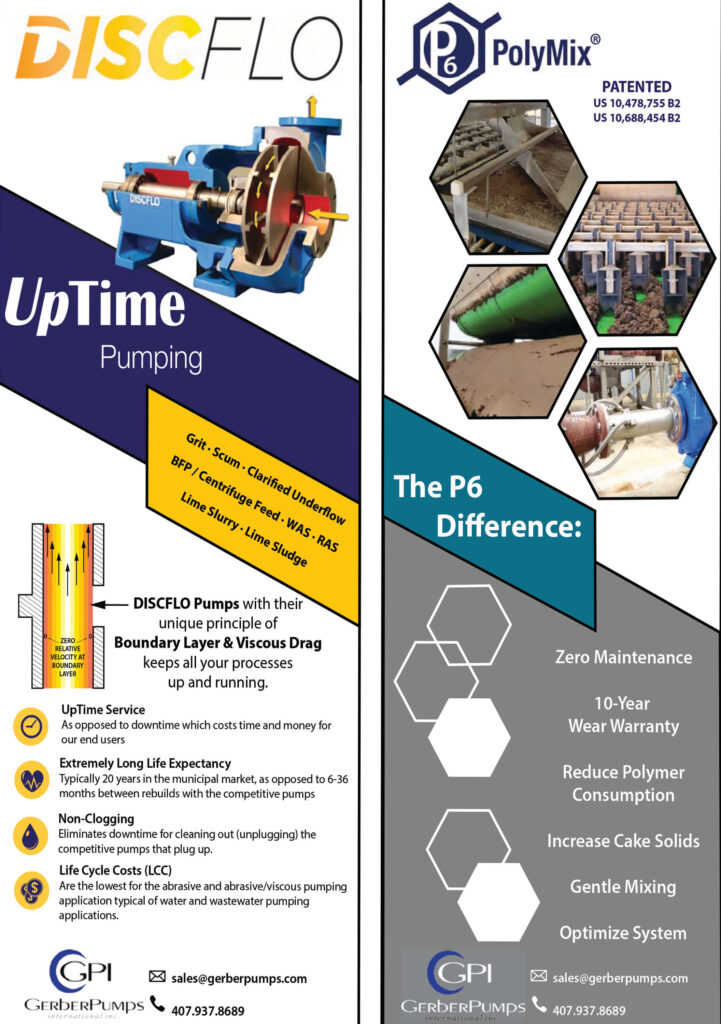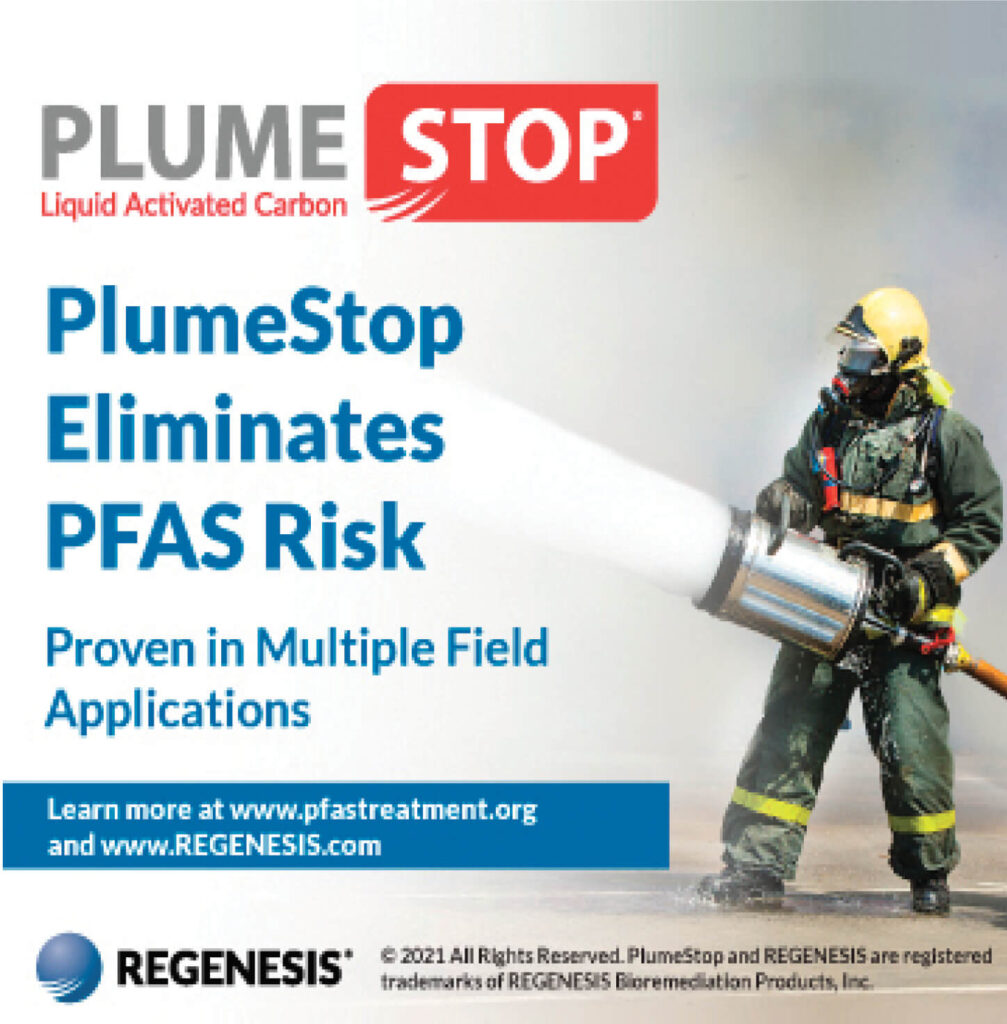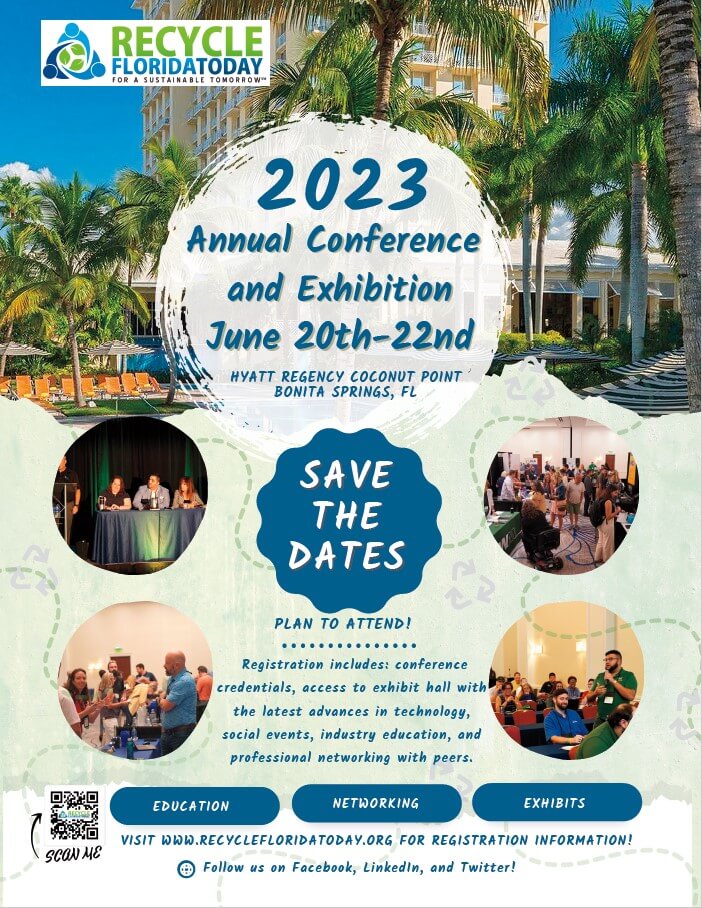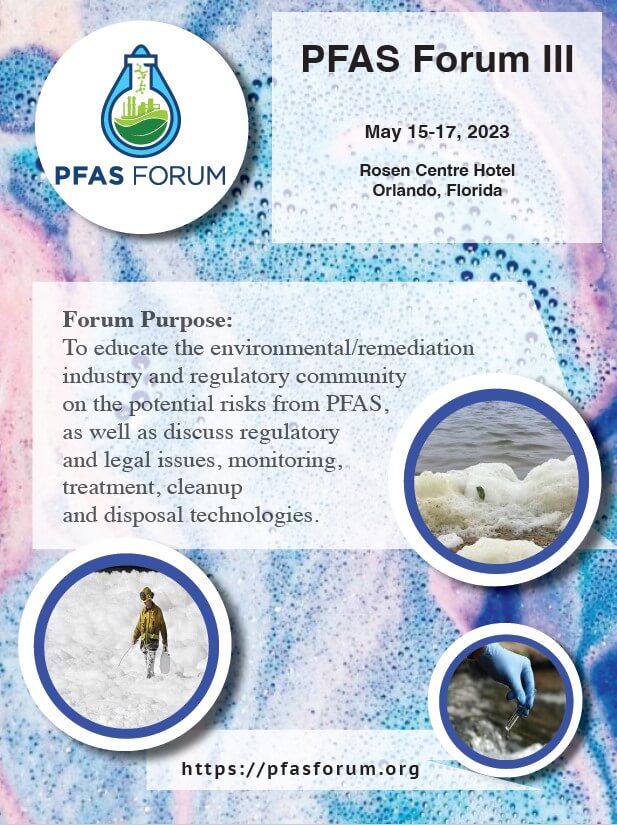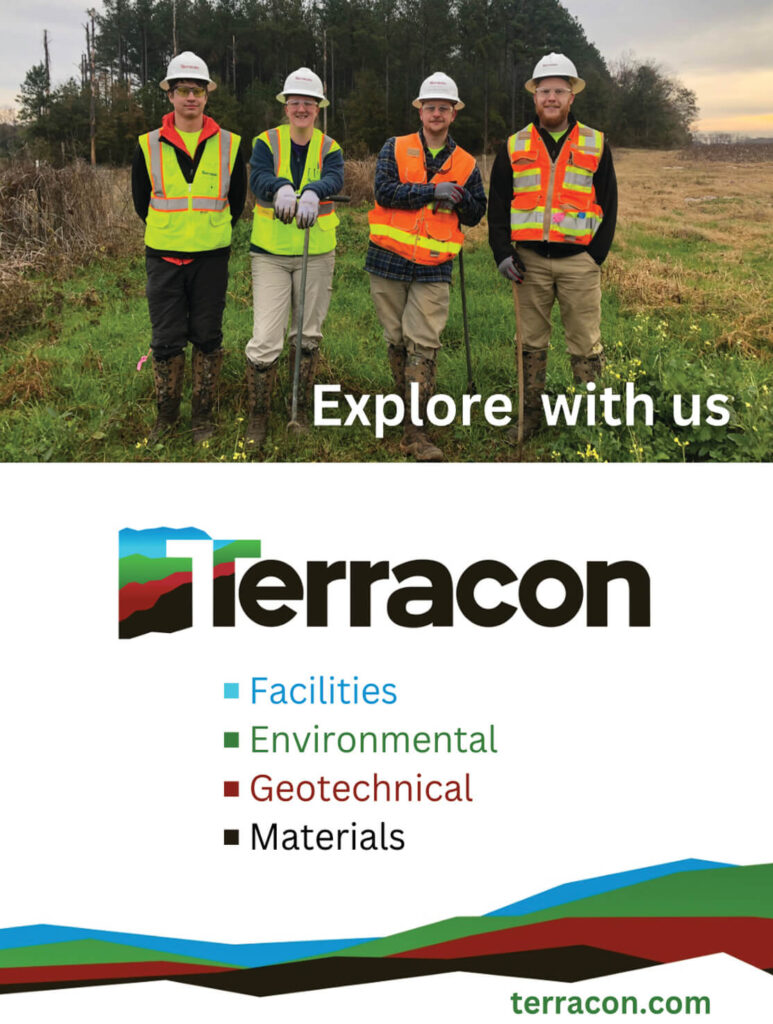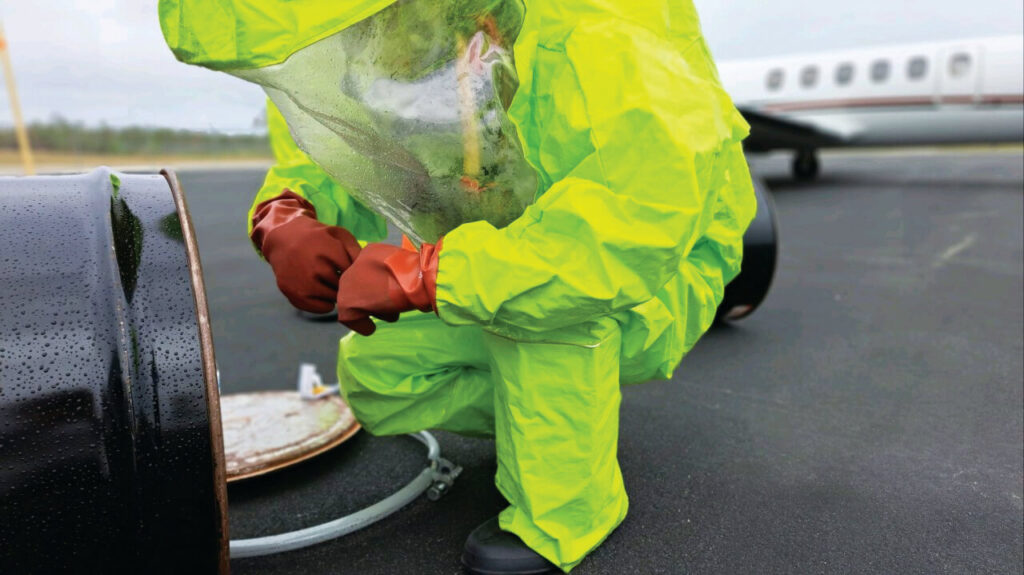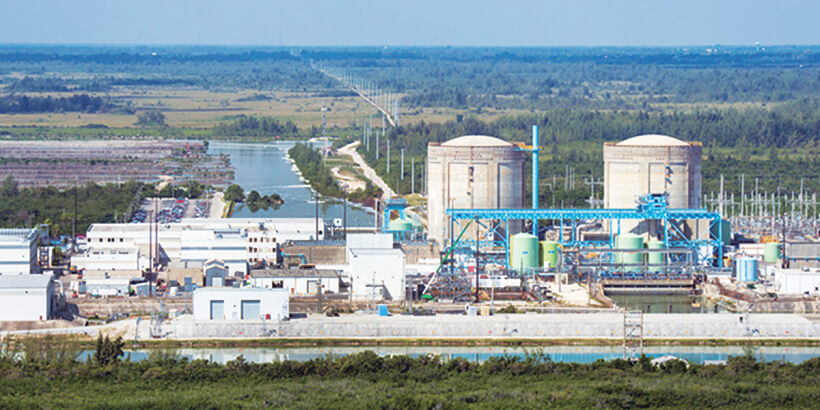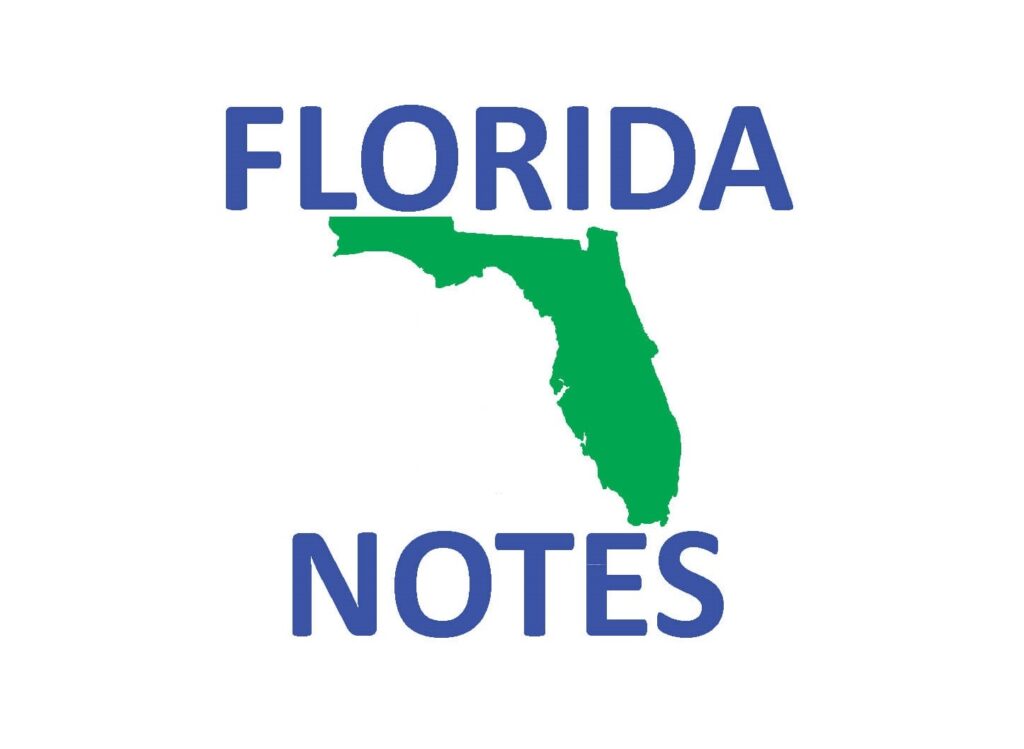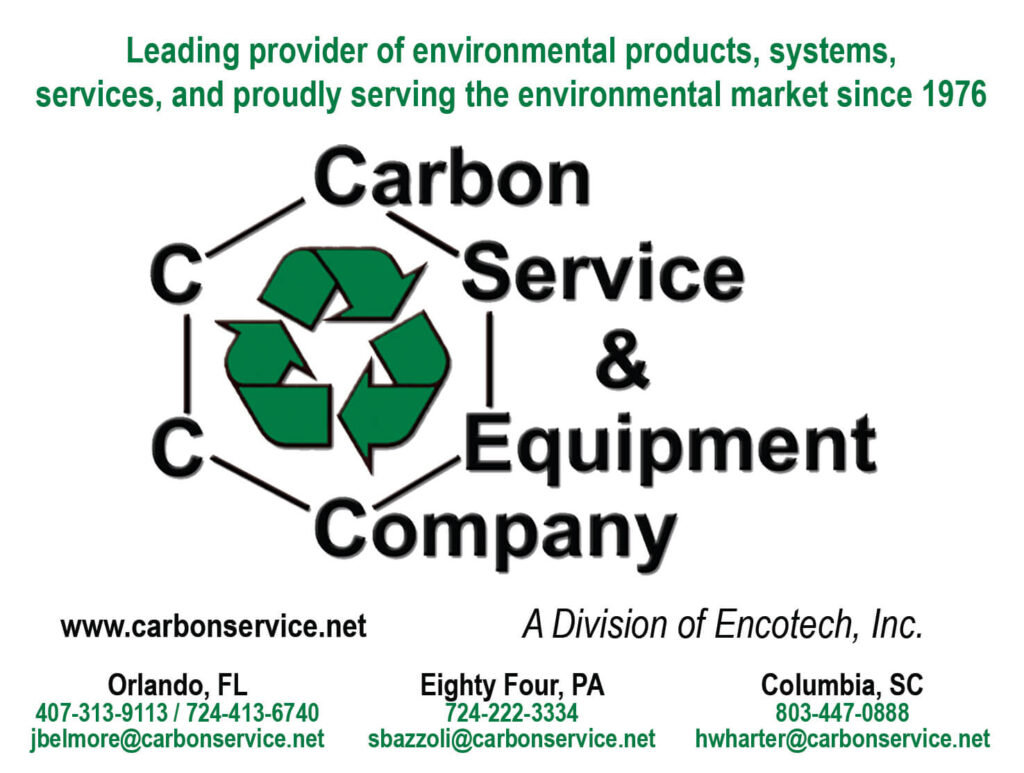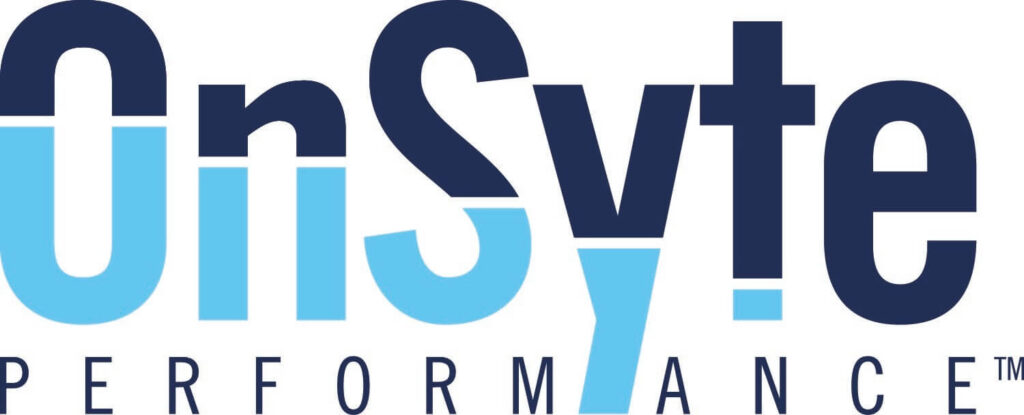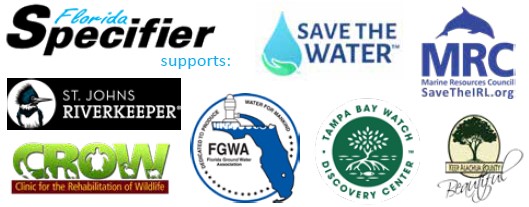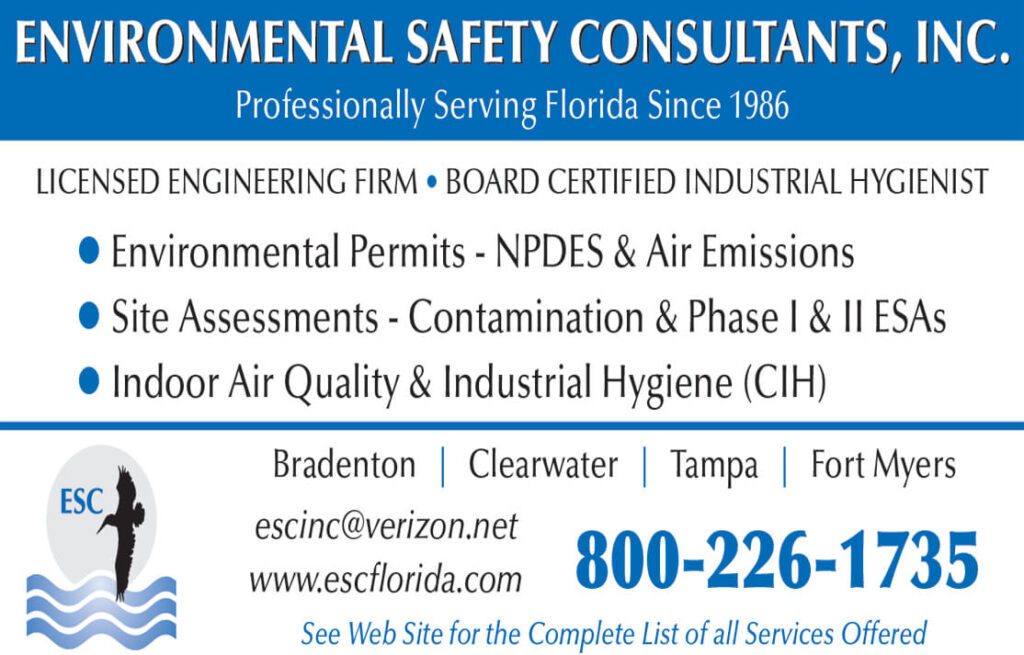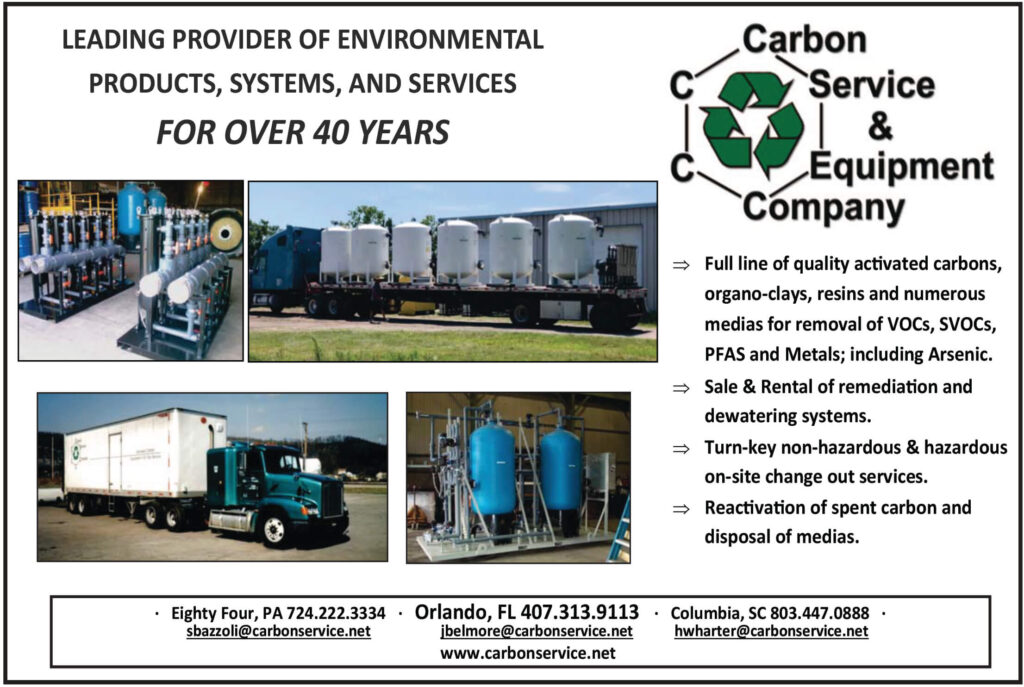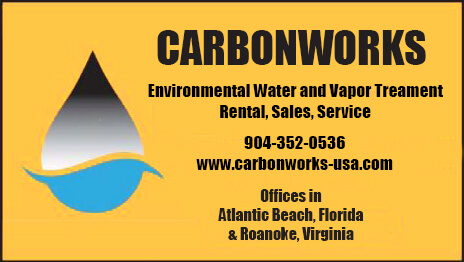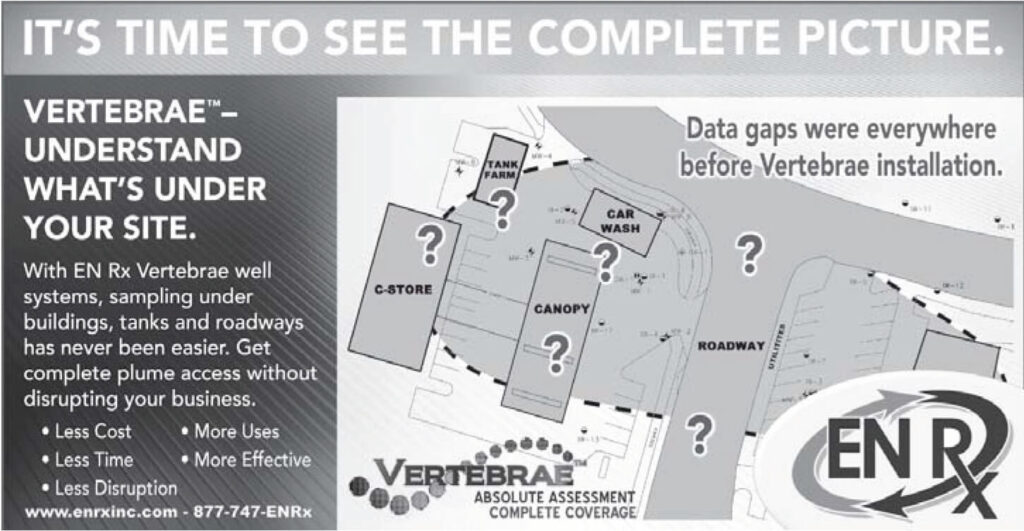By CHAD NORTHINGTON, PE,
Terracon

How do you measure the success of an economic incentive program?
The term “brownfield” has worked its way into the vocabulary of most environmental practitioners even if their field does not directly intersect the domain.
Many would recognize the definition as a site that is real property, the expansion, redevelopment, or reuse of which may be complicated by actual or perceived environmental contamination.
Regardless of the metrics applied to gauge the performance of the program, certainly the success of the State of Florida’s Brownfield program is due largely in part to its incentives including:
• Voluntary Cleanup Tax Credit (VCTC) Program through the Florida Department of Environmental Protection (FDEP) for sites that have entered into a Brownfield Site Rehabilitation Agreement (BSRA);
• Cleanup Liability Protection under Florida Statute 376.82;
• Job Bonus Tax Refunds for businesses that are Qualified Target Industry (QTI) through the Florida Department of Economic Opportunity
• Refund on Sales & Use taxes on building materials used in construction of qualified homes, affordable housing, or mixed-use affordable housing projects built on or abutting a site with a BSRA; and
• Dedicated FDEP Staff within each of the six (6) districts to help expedite technical review and site closure.
By far the biggest (and most popular) incentive is the VCTC program, the mechanism by which parties are incentivized to enter into voluntary cleanup agreements to receive transferable income tax credits for eligible site rehabilitation work.
The program offers the dual benefit of contaminated site cleanup coupled with economic development.
One needs to look no further than the FDEP Annual Report for the Florida Brownfields Redevelopment Program (August 2022) to gain an appreciation for the environmental and economic contribution the program has made to the redevelopment, job creation, and restoration of critical resources vital to environmental redemption of blighted lands and protection of human health.
With nearly 200 Site Rehabilitation Completion Orders (SCRCOs) under its belt as of August 2022, more than half of which were unconditional SRCOs, the program certainly has some bragging rights.
This all occurred since the inception of the program in 1997 with adoption of the Florida Brownfields Redevelopment Act (376.77-376.86, F.S.) and translates to about eight cleanups per year on average.
The numbers are even more impressive if you dig into the nearly 90,000 confirmed and projected direct and indirect jobs coupled with $3.463 billion in capital investment projected in designated brownfield areas identified in the FDEP report.
One of the unique aspects of the Florida Brownfield program is its ability to produce a positive return on investment for the state by leveraging private dollars, which sets it apart from most economic incentive programs.
This capital investment by a broad and diverse range of entities, including developers, small businesses, large private employers, and local government, translates to dollars that are spent to fuel the Florida economy before a percent of those funds are received back as tax credits.
The Florida Brownfield Program also serves as a powerful tool for local governments to promote community redevelopment.
As county governments and municipalities approve the resolutions that designate brownfield areas, the identification of brownfield sites allows for the manifestation of local job creation, rehabilitation of contaminated properties, and new capital investment through partnership with the private sector.
Program participants are further incentivized for specific types of redevelopment activities, such as construction of affordable housing or healthcare facilities, which concurrently provides additional tax credits for the participant and key infrastructure for communities.
Despite the obvious success of the Florida Brownfield Program, the VCTC incentive has struggled to keep pace with the funding demands of the current legislative allocations, resulting in reoccurring program backlogs.
Although the annual tax credit authorization has been increased multiple times since 1997 when it began at $2 million, the current $10 million annual allocation has fallen short of the program needs.
One-time, supplemental authorizations have further bolstered the program funding needs, but the approved tax credits continue to outpace the available authorization.
To put the shortfall in perspective, consider the fact FDEP received 167 tax credit applications in 2021 and approved about $18.8 million in tax credits for eligible site rehabilitation work completed across 156 Brownfield sites.
With an annual allocation of only $10 million, it is easy to see how the queue for receiving earned tax credits is getting longer. As that wait grows ever longer, the patience of potential program participants may begin to grow shorter when incentives are delayed by underfunding.
Organizations like the Florida Brownfields Association (FBA), representing a coalition of environmental stakeholders and professionals, continue to advocate for the program’s growing funding needs. Volunteer members work cooperatively with a broad range of organizations and citizen groups in their ongoing mission to advance the program’s cleanup, redevelopment, and revitalization goals.
Although essential to the effort of educating and advocating, organizations such as FBA are one part of the Florida community who can champion the cause of sustainable redevelopment in our State. We all have a personal stake in the results be us a personal citizen or business in Florida; both have likely seen or benefited from the VCTC Program.
When I put on my Brownfield glasses and survey my hometown of Tallahassee, I stand in wonder contemplating not just the development that has taken place as a direct result of this program, but also the improved quality of life I experience directly from these projects in my community.
Having a drink at Madison Social across from the FSU stadium with friends on gameday, I can proudly look down the Gaines Street Corridor Brownfield Area in admiration of the architectural wonders brought to fruition by the Brownfield designation bestowed upon it.
Strolling through Cascades Park with my family accompanied by a stop at the Edison Restaurant is a reminder of the incredible transformation possible for a former MGP (manufactured gas plant) site.
As an environmental consultant, I also look forward to the opportunity to participate in the redevelopment of the more recently designated South Monroe Street Corridor Brownfield area, which will serve as a testimony to the power of the program as visitors travel to the Capitol on a redevelopment rendezvous. I hope we will all have a similar brownfield story to tell, along with the hope the funding of the program will match its abundant successes.
These successes in Tallahassee are just a tiny snapshot of similar success stories across Florida and many more to come if this program continues; and who wouldn’t want that?●


